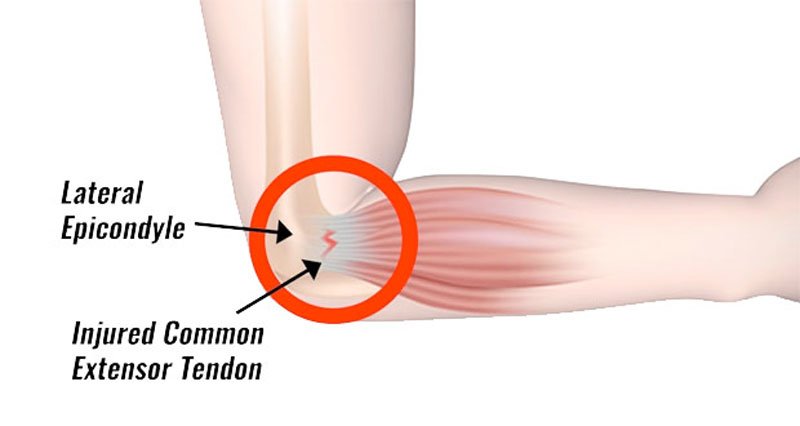Tennis elbow, or lateral epicondylitis, is a painful condition caused by the overuse of muscles and tendons in the forearm, particularly those involved in wrist extension. Despite its name, tennis elbow can affect anyone who performs repetitive arm movements, including athletes, manual labourers, and even office workers. The discomfort often starts on the outer part of the elbow and can radiate down the forearm, making everyday tasks like lifting objects, typing, or gripping painful. When conservative treatments like rest, physical therapy, and medications fail to provide relief, injections may be an effective solution. Dr. Gautam Arora, a renowned neurologist and pain specialist at the Neurology and Pain Management Clinic (NPMC), explains how injections can successfully treat tennis elbow.
Understanding Tennis Elbow
Tennis elbow occurs when the tendons that attach the forearm muscles to the outer part of the elbow become irritated or inflamed due to repetitive strain. The condition often develops gradually, and the pain can worsen over time if not treated. Common symptoms include:
- Pain or burning sensation on the outer elbow
- Weak grip strength
- Pain that worsens with activities involving wrist extension or forearm rotation
Although tennis elbow is typically treated with rest, anti-inflammatory medications, and physical therapy, some patients experience chronic or severe pain that requires more advanced interventions.
The Role of Injections in Treating Tennis Elbow
When non-invasive methods fail, injections offer a targeted and effective way to relieve pain and promote healing in tennis elbow. Dr. Gautam Arora explains that several types of injections can be used to treat this condition, including corticosteroid injections, platelet-rich plasma (PRP) therapy, and newer regenerative medicine options.
- Corticosteroid Injections
Corticosteroid injections are a common treatment option for tennis elbow. These injections deliver a powerful anti-inflammatory medication directly into the affected area. By reducing inflammation and swelling in the irritated tendons, corticosteroid injections can provide rapid pain relief.- Benefits: Corticosteroid injections offer fast-acting relief, usually within a few days of the procedure. They are especially helpful for patients experiencing severe pain that limits their ability to perform everyday tasks. However, the effects of the injection may be temporary, and repeated treatments may be necessary in some cases.
- Platelet-Rich Plasma (PRP) Therapy
PRP therapy involves drawing a small amount of the patient’s blood, processing it to concentrate the platelets, and then injecting the platelet-rich plasma back into the injured area. Platelets contain growth factors that promote tissue healing and regeneration, making PRP an attractive option for treating tennis elbow.- Benefits: PRP therapy encourages the body’s natural healing process, making it a more regenerative approach compared to corticosteroids. Although PRP may take longer to provide pain relief, the results are often more sustained and can help improve tendon strength over time.
- Prolotherapy
Prolotherapy is a regenerative injection therapy that involves injecting a natural irritant solution (usually dextrose) into the affected area to stimulate the body’s healing response. The goal is to encourage the repair of damaged tissues, particularly the tendons.- Benefits: Prolotherapy can be a good option for patients looking for a non-steroidal, regenerative approach to healing. It may take several treatments, but the potential for long-term tendon repair and pain relief makes it an effective solution for chronic tennis elbow.
What to Expect from the Injection Procedure
Injections for tennis elbow are minimally invasive and can be performed in an outpatient setting. Dr. Arora ensures the patient is comfortable by applying a local anesthetic to numb the area. Using imaging guidance, such as ultrasound, the injection is placed precisely in the area of tendon irritation or damage.
Most patients can resume normal activities soon after the procedure, though rest and gentle exercises may be recommended for a few days. Results vary depending on the type of injection, with some patients experiencing relief within days and others requiring a longer healing period.
Conclusion
For those suffering from chronic or severe tennis elbow, injections offer a safe and effective treatment option. Whether through corticosteroids, PRP, or prolotherapy, Dr. Gautam Arora and the team at NPMC provide tailored care to help patients regain function and reduce pain. If you’ve been struggling with tennis elbow, injections might be the key to long-lasting relief.














































